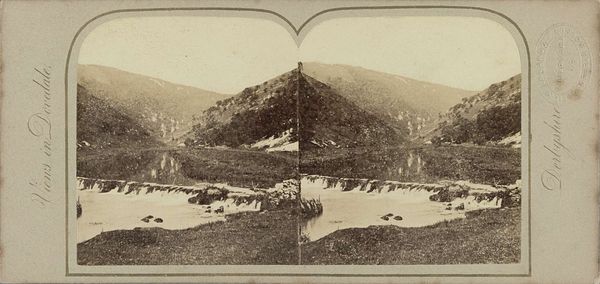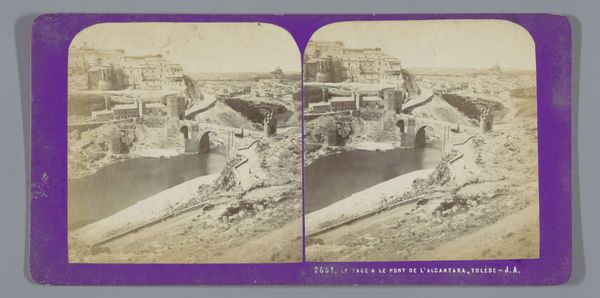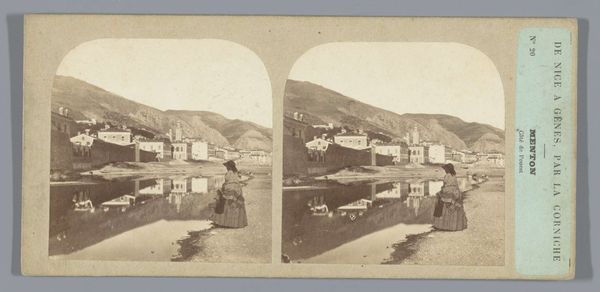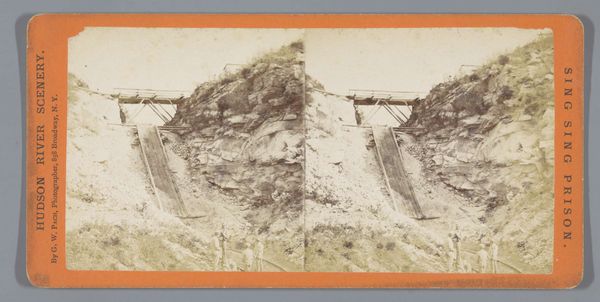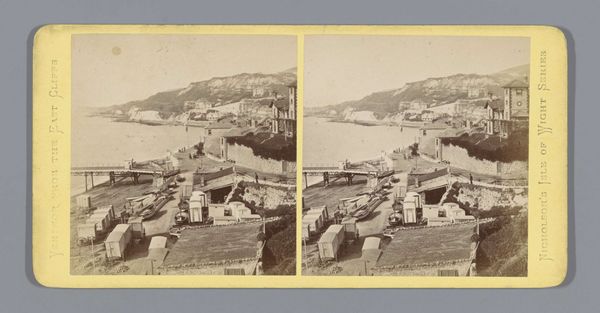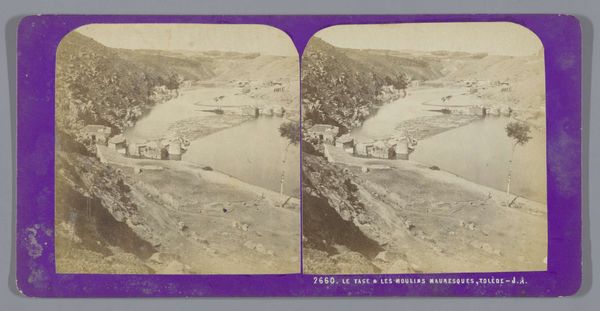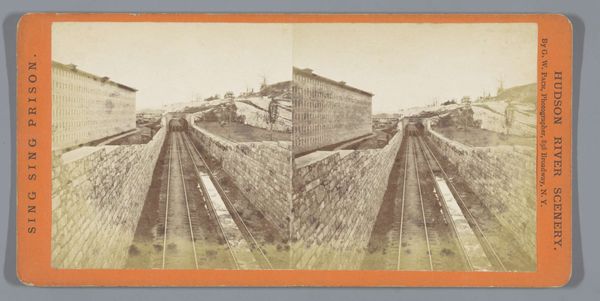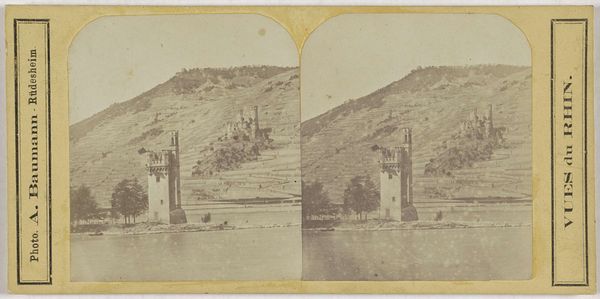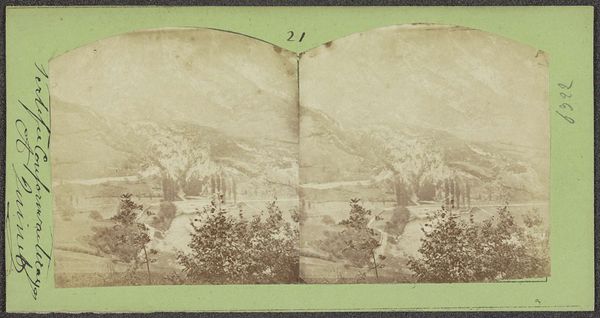
daguerreotype, photography
#
water colours
#
landscape
#
daguerreotype
#
photography
#
coloured pencil
#
mountain
#
cityscape
Dimensions: height 88 mm, width 177 mm
Copyright: Rijks Museum: Open Domain
Curator: Before us is "View of the Santo Spirito Abbey in Agrigento", a daguerreotype likely produced between 1862 and 1876 by Jean Andrieu. Editor: It's incredibly evocative. I'm immediately struck by the starkness and apparent decay—it seems to capture a place suspended in time, a fragment of a story yet untold. Curator: Indeed. Andrieu masterfully uses light and shadow to emphasize the architectural forms. Note how the horizontal lines of the abbey contrast with the soft, receding plane of the hill in the background. It creates a carefully balanced composition. Editor: What’s fascinating is how this composition can speak to a social commentary of sorts. Considering the historical context of Sicily at this time, such decay can evoke feelings related to political and socio-economic neglect. The stark architecture is almost screaming for attention. Curator: It also reveals the technical mastery Andrieu brought to photography. He expertly harnessed the limitations of the daguerreotype to enhance textures within the image, from the crumbling walls to the details on the mountain slope above. It becomes a kind of haptic visuality, if you will. Editor: And yet, the social narrative woven in is much stronger. Who lived in these buildings, how have they shaped Sicilian identity? It seems as if Andrieu, even inadvertently, has posed these questions via such skillful capturing of light, depth and texture. Curator: The absence of human figures reinforces this sense of timelessness, wouldn't you say? This element contributes to the photograph's enduring power. The abbey exists outside any single narrative. Editor: Maybe. Yet it remains inextricably linked with all Sicilian narratives. Even if they are invisible here, the trace of their presence looms through their labor, memories, lives and culture—literally constructed here—which renders the image highly politicized. Curator: Precisely, the image gains richness from that interplay between its objective rendering and those traces that we can, as viewers, imagine. Editor: And that interplay—its material, sociopolitical, and aesthetic resonance—is perhaps where we truly understand the weight of this stunningly evocative photograph.
Comments
No comments
Be the first to comment and join the conversation on the ultimate creative platform.
